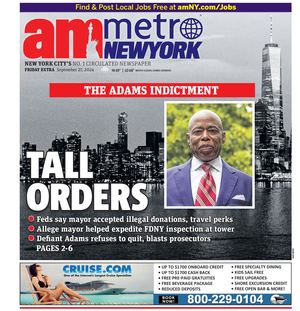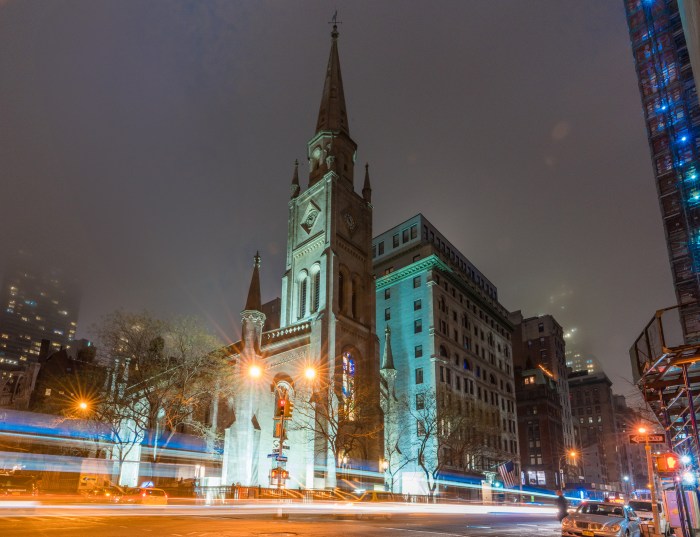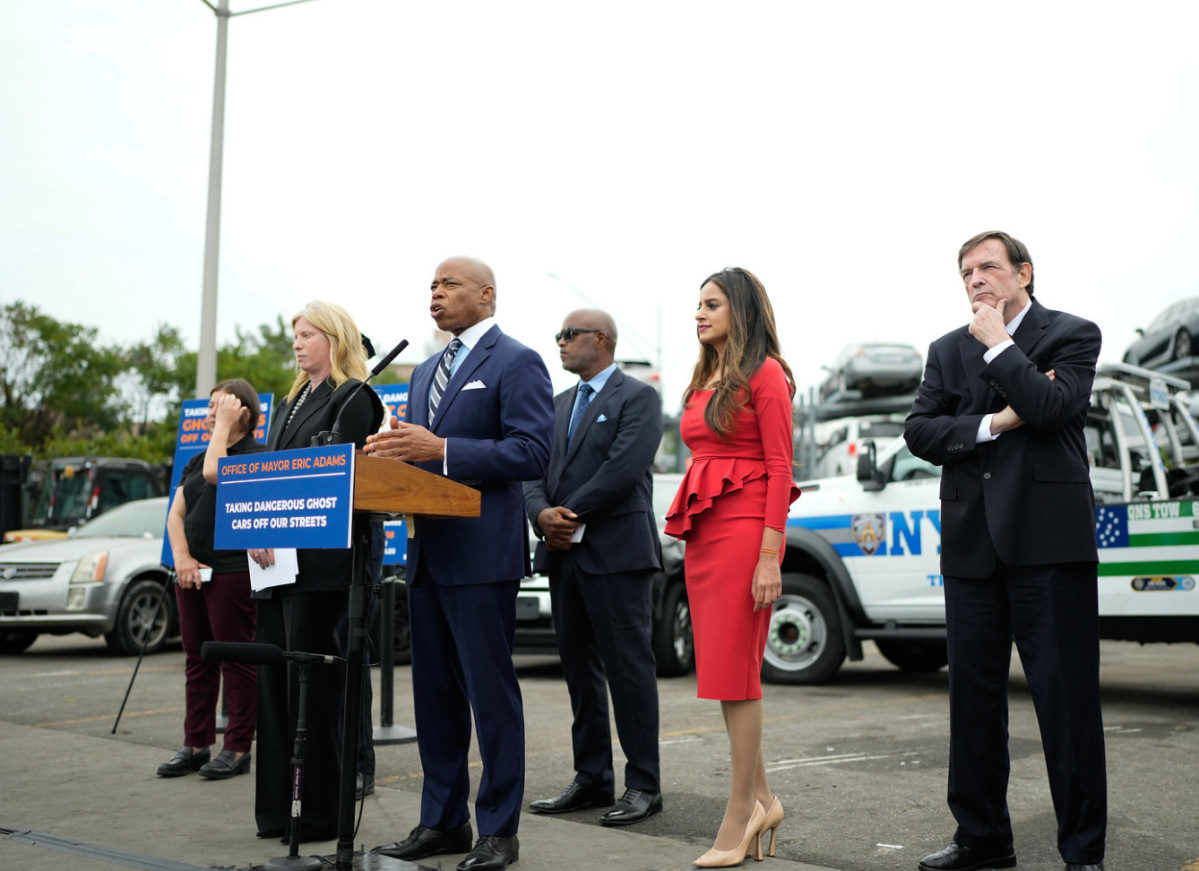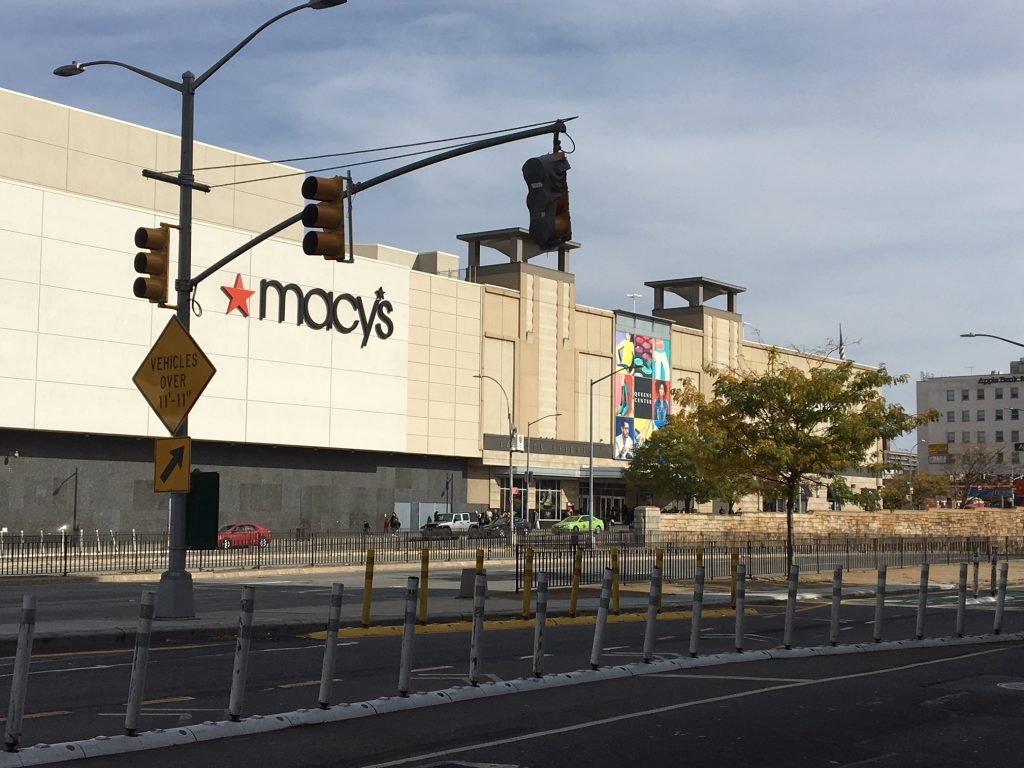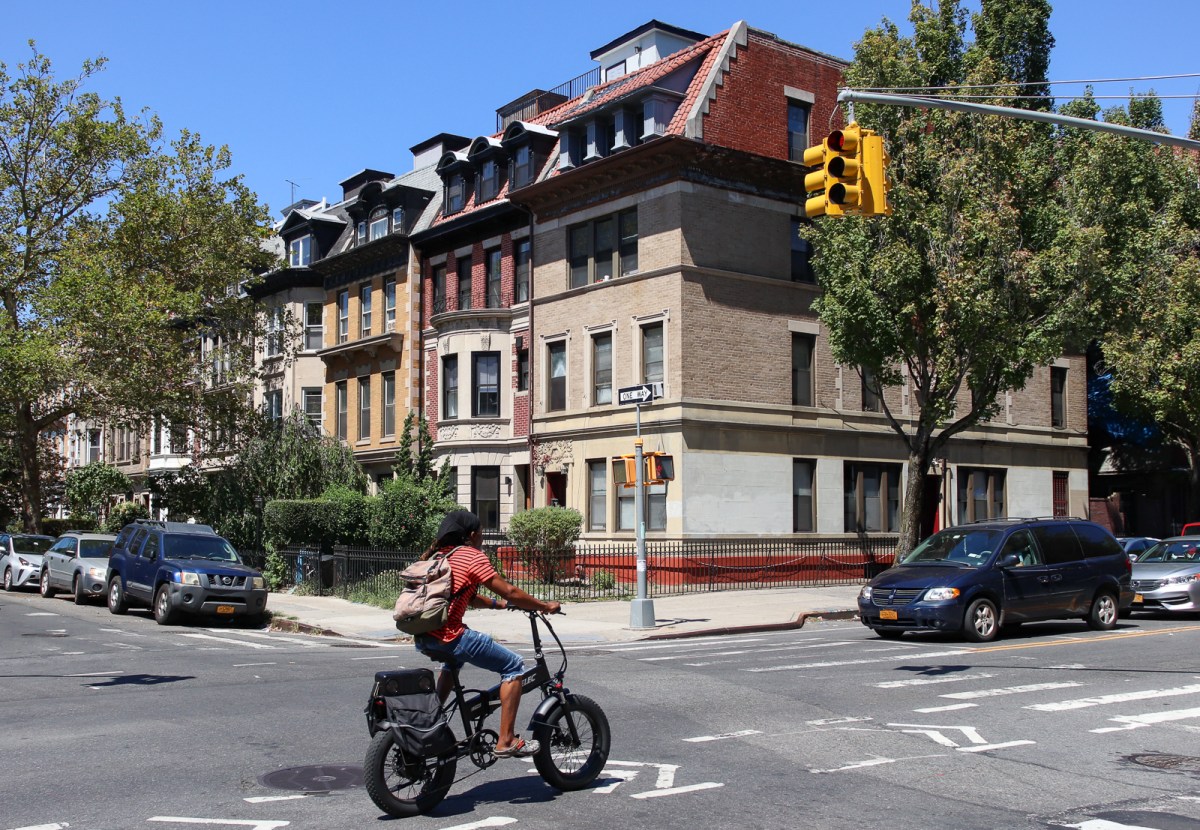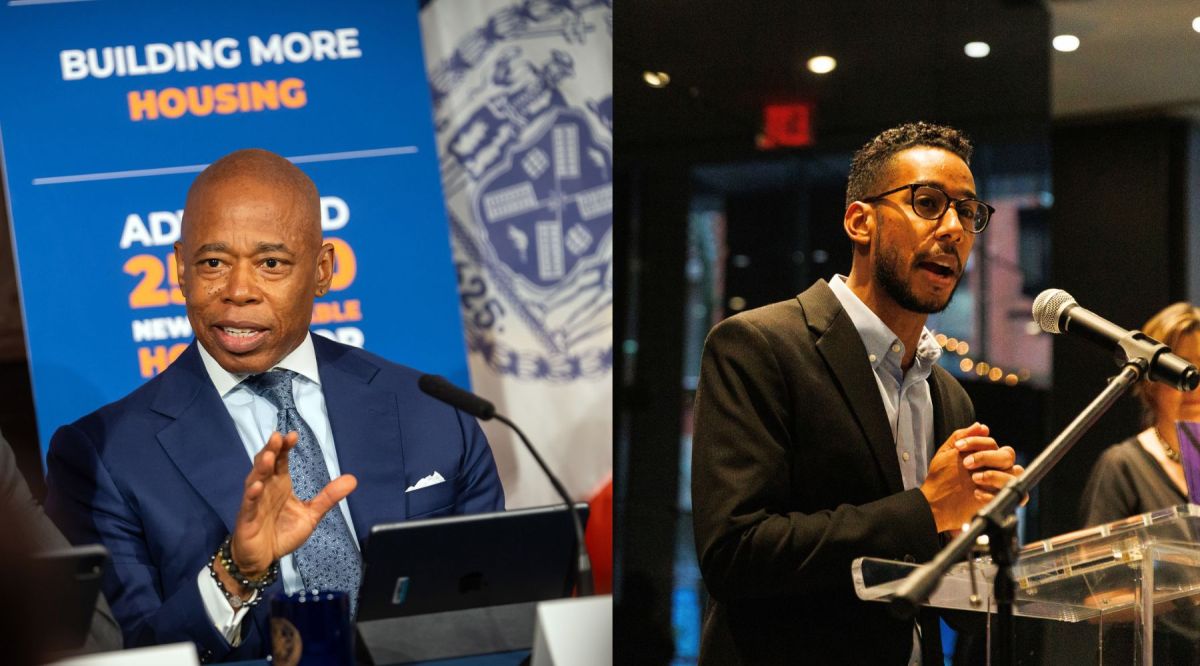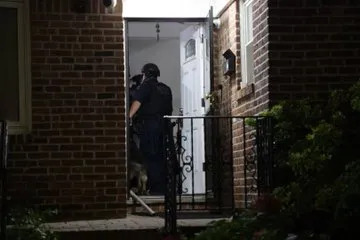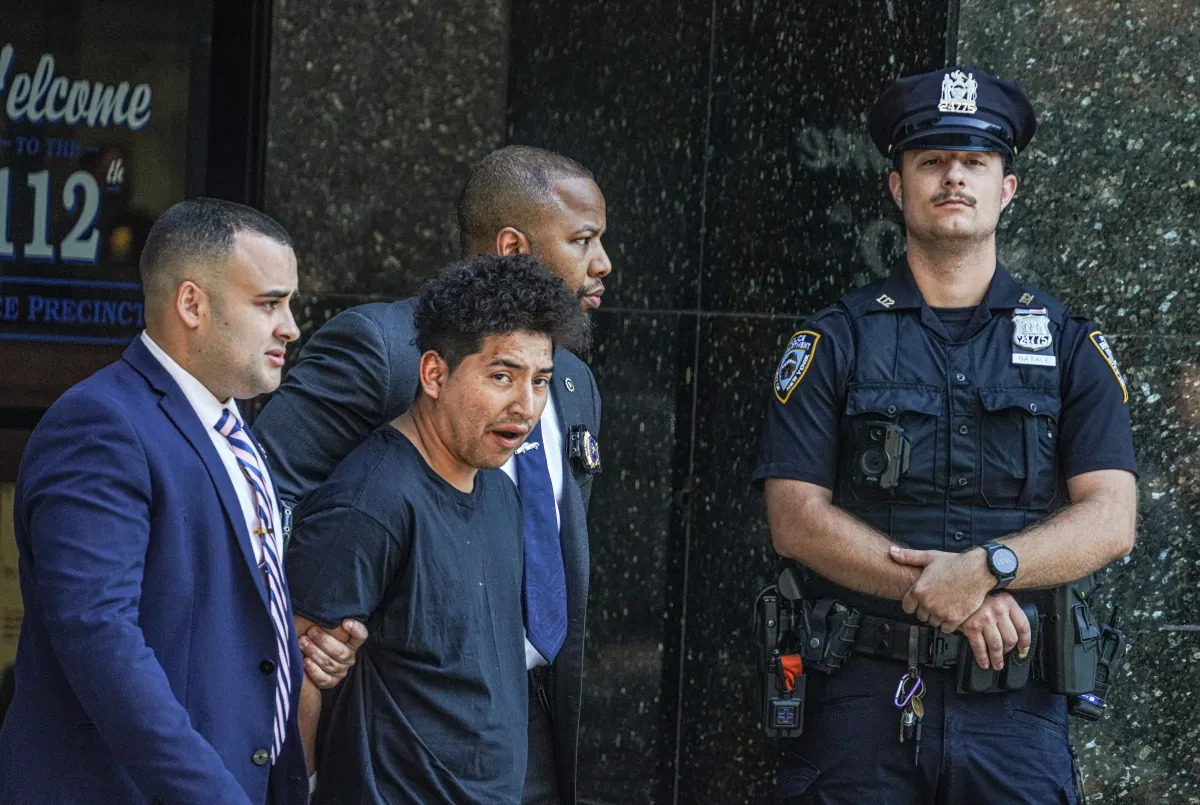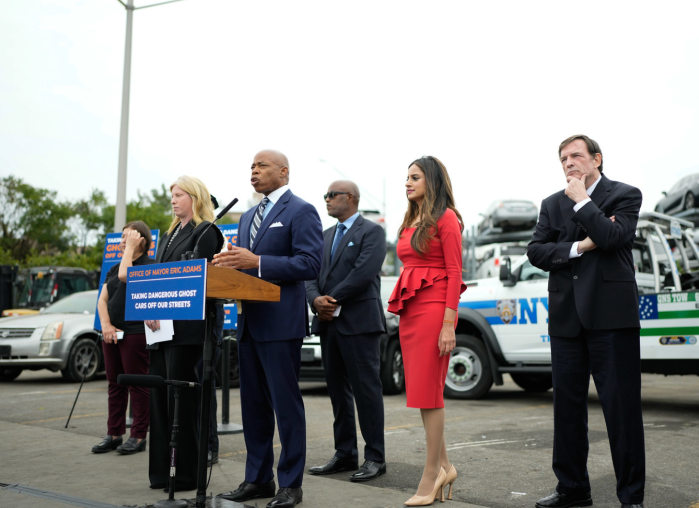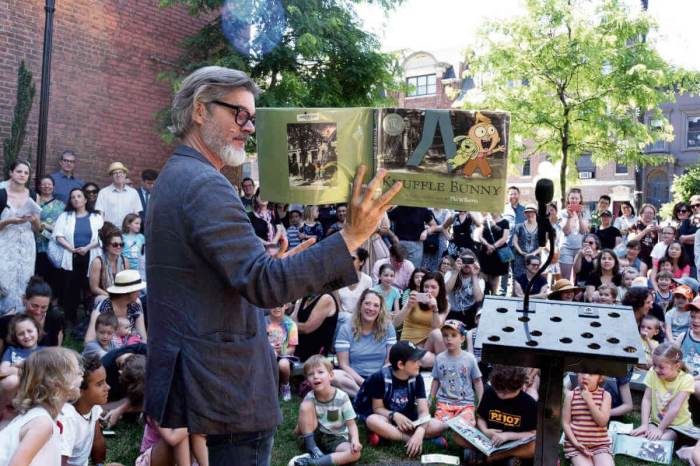by Julie Shapiro
It’s often darkest before the downpour, unless of course it’s right before the dawn.
Most signs this week pointed to the World Trade Center storms getting worse. W.T.C. developer Larry Silverstein moved Monday toward a complex arbitration proceeding, which could be the final nail in the mediation talks spearheaded by Mayor Mike Bloomberg and Assembly Speaker Sheldon Silver. The mayor and Silver both blamed the Port Authority for not budging in the negotiations over when to build Tower 2 and how to pay for it. And in the surest sign that talks were going nowhere, Silverstein and the Port loosened their resistance to making their cases directly to the public.
Perhaps the only indication that a compromise settlement was not impossible was Bloomberg’s statement to reporters Tuesday in which surprisingly, he said the New Jersey faction of the Port was being “very helpful” in trying to bridge the gap.
Bloomberg said he has spoken with New Jersey Gov. Jon Corzine on the W.T.C. dispute several times and the governor “has been pushing [Port chairperson] Anthony Coscia, a very competent person who’s … Corzine’s representative. And Coscia’s as smart and as competent a person as you can find and Corzine assured me that he was pressuring Coscia to find a solution to the problem and from what I understand from [Dep. Mayor Robert] Lieber, in fact Coscia has been very helpful.”
The Port and city have been at odds many times over the years, and the New Jersey half of the board has naturally been less accommodating to the city’s interests than the New York half. (The most notable instance of the city and Port working well together was in 2006 when Bloomberg took the authority’s side during a similar dispute with Silverstein.) In this dispute, New York Gov. David Paterson appears to be staying close to the official Port position and to its executive director Chris Ward, whom Paterson hired.
The two governors, who each appoint half of the Port’s board, have not commented on the W.T.C. since Silverstein’s arbitration action Monday and their spokespersons did not comment for this article.
Speaker Silver told Downtown Express he has also spoken with Corzine about the dispute, although he was not as optimistic as Bloomberg.
“He said he would be cooperative to the extent that he could,” Silver said of Corzine.
Ward has pointed to important transportation projects in Midtown that would be sacrificed if the Port helped guarantee the loans Silverstein needs to build Tower 2.
Silver said certainly Corzine is not going to abandon New Jersey desires such as the proposed new commuter tunnel to Penn Station, but building the W.T.C. towers goes hand in hand with helping New Jersey residents commute.
“We’re doing a big PATH station,” Silver said of the Santiago Calatrava-designed train station being built at the W.T.C. “You’ve got to have a reason to bring people in from New Jersey.”
Silver said the biggest danger to going to arbitration is that it will lead to more delays. He said Silverstein has been patient with the Port and the developer’s move to file formal notice to go to arbitration was caused by the authority’s “intransigence.”
He and the mayor also said that the W.T.C. is not like any other project.
“No one disputes that the Port Authority is engaged in many projects important to our region, but pitting those projects against the development of the World Trade Center site creates a false choice,” Bloomberg said in a prepared statement. “The reality is the Port Authority owns and controls and is financially tied to 16 acres in Lower Manhattan, the development of which this city and the entire nation demand move forward. The Port can certainly proceed with other projects without abandoning its obligations Downtown.”
The Port’s Ward countered in his statement that Silverstein is “walking away from the negotiating table” and that arbitration “will not resolve when there will be a market for two private office towers on the site, and how this speculative private office space should be financed. A resolution to these issues can only be accomplished through good faith negotiations, not a legal fight.”
The Port, by all accounts, has agreed to help Silverstein complete Tower 4 under construction near the corner of Church and Liberty Sts., but is against putting more money into Tower 2 at the northeast corner of the site.
Instead of towers, the Port has suggested interim low-rise retail buildings until the market can support office buildings. The Bloomberg administration and others have been skeptical about whether it’s feasible to bring desirable retail into spaces destined to be underneath tower construction projects.
Ward said the Port has come up with other ways to “give Mr. Silverstein the ability to build a rational amount of office space while protecting scarce public resources for the public projects on the site,” in reference to the memorial and the pricey train station, whose costs have reportedly risen to over $4 billion.
Silverstein is accusing the Port of numerous violations to the W.T.C. schedules set in their 2006 Master Development Agreement and says these delays preparing the tower sites forced him to wait until the credit squeeze hit before he could try and get loans. He points to a Lower Manhattan Development Corp. report a few months after the agreement was signed that concluded that almost all of the W.T.C. timetables were hopelessly unrealistic. The Port did not come up with a new timetable until last fall — a year and a half after the L.M.D.C. warnings.
The new schedule is also unrealistic according to Silverstein who says the Port will have to delay many key infrastructure components including the Greenwich St. sidewalks that are supposed to form entrances to the office towers.
The Port maintains it will be able to meet the new schedule, and disputes that any of the delays have led to Silverstein’s money troubles.
“Where was the economic climate on Dec. 31, 2008,” one Port official asked, referring to the date it was supposed to turn over the Tower 2 site.
Silverstein, in a letter to the governors, the mayor and Silver, said he has offered a “significant amount of cash equity” in the project and would “give the Port Authority a substantial share of the equity in the buildings, so when there is a profit in the future, the agency will get a lot of the upside.”
He criticized the Port for being willing to wait 30 years to rebuild the site fully. He said even under the agency’s “unprecedented doomsday scenario” of a 14-year time period to lease the buildings, the Port would be risking $300- $400 million under his offer, but under any realistic estimates there would be no risk. Even if Silverstein Properties defaulted on the loans, the firm feels the Port would still make out well because it would take possession of valuable assets in the form of modern green office buildings.
Monday started a 10-day period where the two sides are required to meet twice before deciding whether either wants to go to arbitration. Silverstein proposed letting the mediating parties — the governors, mayor and the speaker — join in the pre-arbitration talks because there is little chance of progress without them.
Steve Sigmund, a Port spokesperson, said he didn’t understand the reason for involving the mediators in the arbitration talks because they will be about a different subject. The mediation is about how and when to finance the towers, and arbitration will be about whether the Port has violated the 2006 development agreement.
“This dispute notice is unrelated to the office towers,” Sigmund said in a telephone interview. The Port remains ready to go back to the mediation table, he added.
Sigmund said the Port continues to build the memorial, the train station and Tower 1, and that delays are not a problem.
“The entity that is making progress on the site every day … is the Port Authority,” he said.
He said he would make the same statement about Silverstein Properties’ work on Tower 4.
“They’re doing well on Tower 4,” Sigmund said. “We hope it continues. They could start building Tower 3 and 2 tomorrow if they had the financing.”
Sigmund said although the Port has not finished preparing the Tower 2 and 3 sites, Silverstein could begin initial work. The firm disputes the point, and says it is not even allowed to be on the sites.
At the end of last year, the Port claimed it had finished preparing the Tower 2 and 4 sites, but an arbitrator ruled that was not true since the agency left a 200-foot wall on the Tower 4 site. In January, Ward acknowledged in an interview with Downtown Express that officials may have been “overly aggressive” in asserting that Silverstein could work around the wall.
That dispute was straightforward and was resolved quickly. This one is likely to take longer since it involves a myriad of issues that cover three years of action and inaction on many of the different W.T.C. projects.
The dispute has left many Downtowners wondering what will happen next. Community Board 1 has not taken a position on the issue, although a few board members like Barry Skolnick remain skeptical of giving additional money to a private developer.
“I don’t believe in spending public money on speculative private interests,” he said.
With reporting
